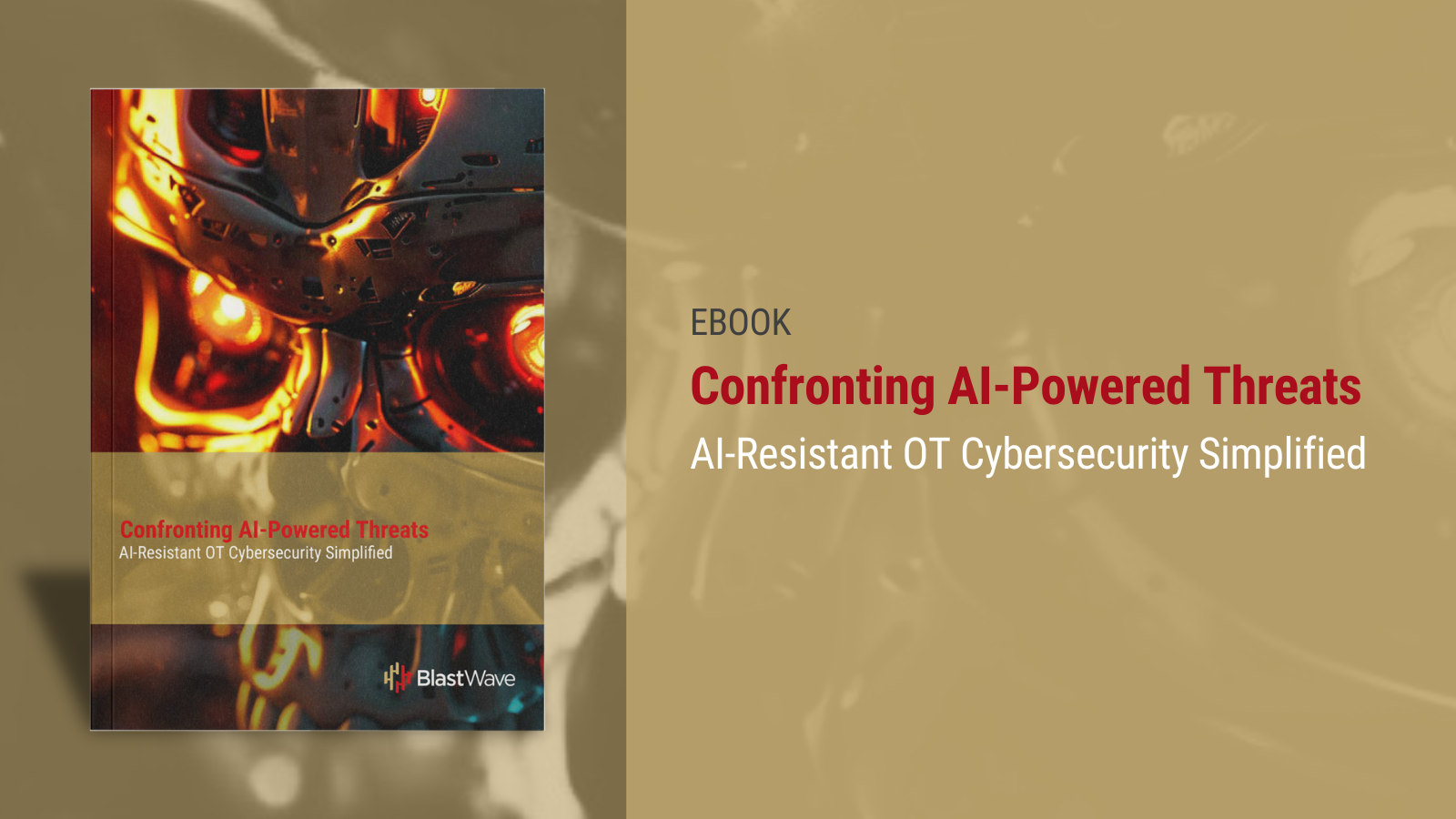Blackouts Be Gone: Stopping Cyber Attacks on Power Plants
Discover the alarming scenario of AI-powered cyber attacks on power plants and how BlastWave's solution, including Network Cloaking and Secure Remote Access, offers proactive protection. Learn how BlastShield shields OT networks from AI-generated phishing attacks and secures critical infrastructure against hackers and cyber threats. Explore the critical role of cybersecurity in safeguarding the energy industry's operational technology:
A hostile nation-state wants to disrupt the government’s daily operations. They target a power plant near the capitol, trying to gain control.
Artificial Intelligence plays a major part.
The attackers use an AI-based tool to target the SCADA system and conduct research. It analyzes the vendor, security protocols, and published operational procedures.
At the same time, another AI tool, customized from ChatGPT, identifies personnel in plant operations and IT security. It sifts through their social media posts and professional networking platforms for useful tidbits of information.
And after the attackers have finished their collection of surveillance data, they launch targeted campaigns against key personnel they’ve discovered. They use AI-powered spear phishing emails perfectly tailored to the interests and the roles of their targets.
It only takes one unsuspecting employee to click on a malicious link in one of these emails, and the malware installs. Now a covert communication channel has been established to the hacker’s command and control server. From this beach head system, the attackers begin to move laterally across the power plant's internal OT network.
But the hackers aren’t done yet.
They inventory and exhaustively analyze the system and find a known vulnerability in the remote access software used by plant personnel. A simple exploit gains them unauthorized access into the SCADA system. Now they have everything they need to cause instability in the power grid, cascading outages, and blackouts - but no, not yet. They’ll bide their time until the least opportune moment, perhaps even coordinating their attack with state-sponsored terrorism or foreign insurgencies.
What can the EMS Manager do? Air gapping the SCADA system might work, but as a strategy, air gaps usually disrupt the plant's legitimate operational processes more than the attack er’s. Patching the vulnerabilities might seem in order, but the vendor has long since discontinued support for this version of the system. Of course, they’d be happy to consider a discount on a replacement.
The EMS Manager reaches out to their cybersecurity partner for an alternative.
The partner recommends BlastWave for Network Cloaking, Secure Remote Access, and Microsegmentation. The EMS Manager deploys BlastShield to cloak their network and reduce administrative overhead. Their OT network is now undiscoverable by hackers and immune from AI-generated phishing attacks, securely protecting the city’s power grid from hackers, cybercriminals, and bad actors.
Worldwide, over 60,000 power facilities generate 6,000 or more gigawatts of electricity. These sites range from coal-fired plants to combined cycle, from hydroelectric dams to wind farms. Our critical infrastructure fuels the worldwide economy since all other sectors depend upon a functioning power grid. Advances in Operational Technology (OT) have led to this industry becoming increasingly automated and connected.
BlastShield reduces the attack surface of energy providers' OT networks and stymies the attack vectors used in AI-powered reconnaissance and phishing.
BlastShield's Gateway ensures that critical power infrastructure becomes invisible to external threats, but still accessible to authorized personnel. BlastShield’s microsegmentation technology ensures that attackers, or even a disgruntled insider, will lack the ability to move laterally within the OT network of an electrical entity..
Experience the simplicity of BlastShield to secure your OT network and legacy infrastructure.









.svg)